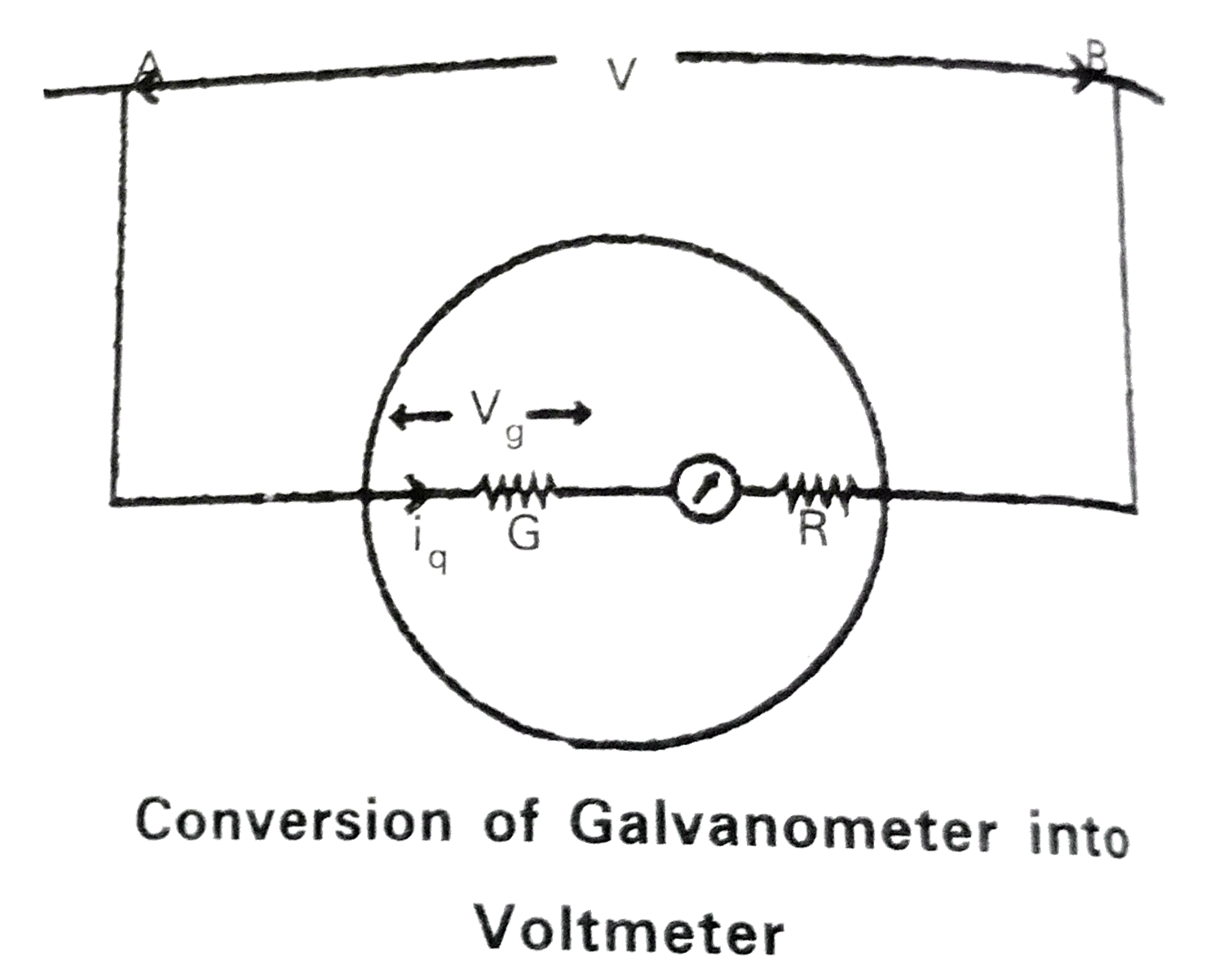Text Solution
Verified by Experts
|
Topper's Solved these Questions
MOVING CHARGES AND MAGNETISHM
VIKRAM PUBLICATION ( ANDHRA PUBLICATION)|Exercise DAM SURE LAQ|2 VideosView PlaylistMOVING CHARGES AND MAGNETISHM
VIKRAM PUBLICATION ( ANDHRA PUBLICATION)|Exercise TEXTUAL EXERCISES|14 VideosView PlaylistMOVING CHARGES AND MAGNETISHM
VIKRAM PUBLICATION ( ANDHRA PUBLICATION)|Exercise SHORT ANSWER QUESTIONS|9 VideosView PlaylistMAGNETISM AND MATTER
VIKRAM PUBLICATION ( ANDHRA PUBLICATION)|Exercise Additional Exercises|19 VideosView PlaylistNUCLEI
VIKRAM PUBLICATION ( ANDHRA PUBLICATION)|Exercise DAM SURE (VSAQ)|1 VideosView Playlist
Similar Questions
Explore conceptually related problems
Knowledge Check
A
B
C
D
Submit
A
B
C
D
Submit
Similar Questions
Explore conceptually related problems
VIKRAM PUBLICATION ( ANDHRA PUBLICATION)-MOVING CHARGES AND MAGNETISHM-LONG ANSWER QUESTIONS
- Deduce an expression for the force on a current carrying conductor pla...
15:42
|
Play - Obtain an expression for the torque on a current carrying loop placed ...
Text Solution
|
Play - How can a galvanometer be converted to an ammeter ? Why is the paralle...
10:50
|
Play - How can galvanometer be converted to a voltmeter ? Why is the series r...
04:37
|
Playing Now - Derive an expression for the force acting between two very long parall...
11:28
|
Play
